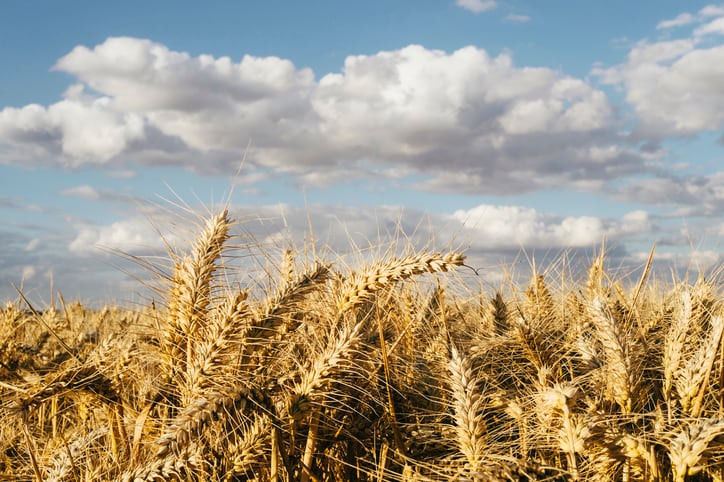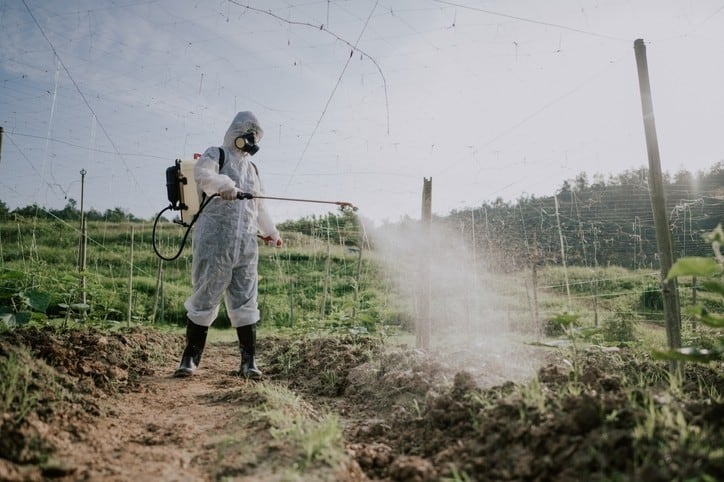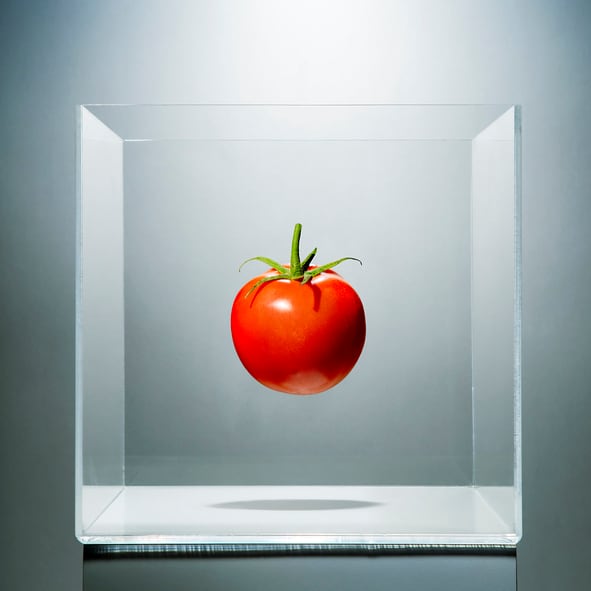Research from Washington DC-based Environmental Working Group, published February 15 in the Journal of Exposure Science and Environmental Epidemiology, tested the urine of 96 people for the presence of chlormequat, finding it in 77 of them.
“EWG’s new study on chlormequat is the first of its kind in the US,” said EWG toxicologist Alexis Temkin, lead author of the study. “The ubiquity of this little-studied pesticide in people raises alarm bells about how it could potentially cause harm without anyone even knowing they’ve consumed it.”
According to the group, some animal studies show chlormequat can damage the reproductive system and disrupt fetal growth, changing development of the head and bones and altering key metabolic processes.
This research raises therefore questions about whether chlormequat could also harm humans, it claimed.
For its study, EWG sourced urine samples collected between 2017 and 2023 from 96 people in the US and tested them for chlormequat at a specialised lab in the United Kingdom.
The tests found chlormequat in the urine of more people and at higher concentrations in samples collected in 2023, compared to earlier years – suggesting consumer exposure to chlormequat could be on the rise.
Environmental Protection Agency regulations allow the chemical to be used on ornamental plants only – not food crops – grown in the U.S.
But since 2018, the EPA has permitted chlormequat on imported oats and other foods, increasing the allowed amount in 2020. Both regulatory changes took place under the Trump administration. Many oats and oat products consumed in the US come from Canada, where chlormequat is allowed to be used by farmers. It is also widely used in the UK and the European Union on food crops, primarily wheat, oats, and barley. Chlormequat acts to decrease stem height, thereby reducing the likelihood of crops bending over, which can make harvesting difficult. In the UK and EU, chlormequat is often the most detected pesticide residue in grains and cereals.
In April 2023, in response to an application submitted by chlormequat manufacturer Taminco in 2019, the Biden EPA proposed allowing the first-ever use of chlormequat on barley, oats, triticale and wheat grown in the US. EWG opposes the plan. The proposed rule has not yet been finalised.
“The federal government has a vital role in ensuring that pesticides are adequately monitored, studied and regulated,” Temkin said. “Yet the EPA continues to abdicate its responsibility to protect children from the potential health harms of toxic chemicals like chlormequat in food.”
EWG urges the Agriculture Department and the Food and Drug Administration to test foods for chlormequat and requests that the Centers for Disease Control and Prevention add chlormequat to its biomonitoring program. The organization also calls for more research on the effects of chlormequat on human health.
EWG conducted its own tests of oat-based foods in 2022 and 2023, finding chlormequat in numerous non-organic oat-based products. Organic oat products had little to no detections of the chemical.
According the European Food Standards Agency, the latest data on pesticide residues in food show that of the products analysed in 2021, 13,393 contained residues of chlormequat. Out of those, 21 (0.16%) were above the legal level. EFSA’s analysis suggested that overall, the food commodities sampled in 2021 were unlikely to pose a concern for consumer health.





